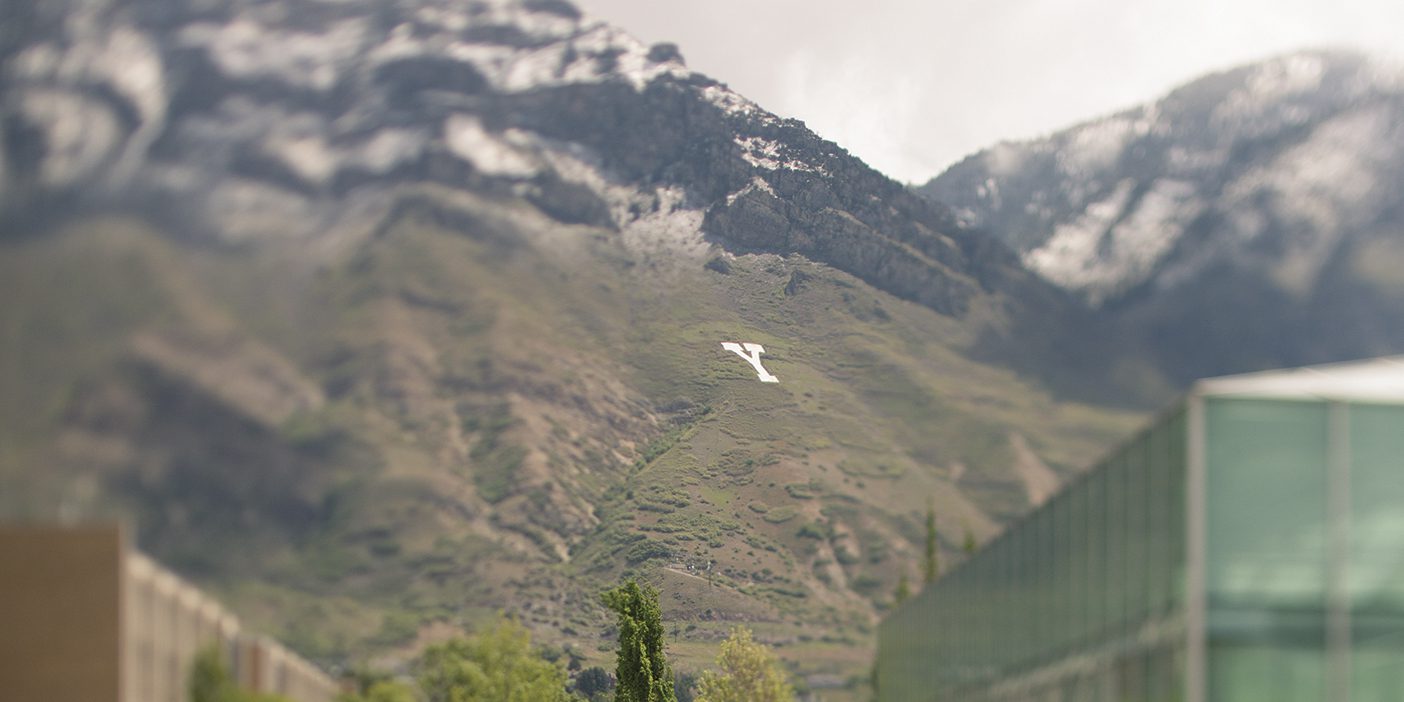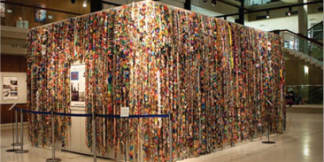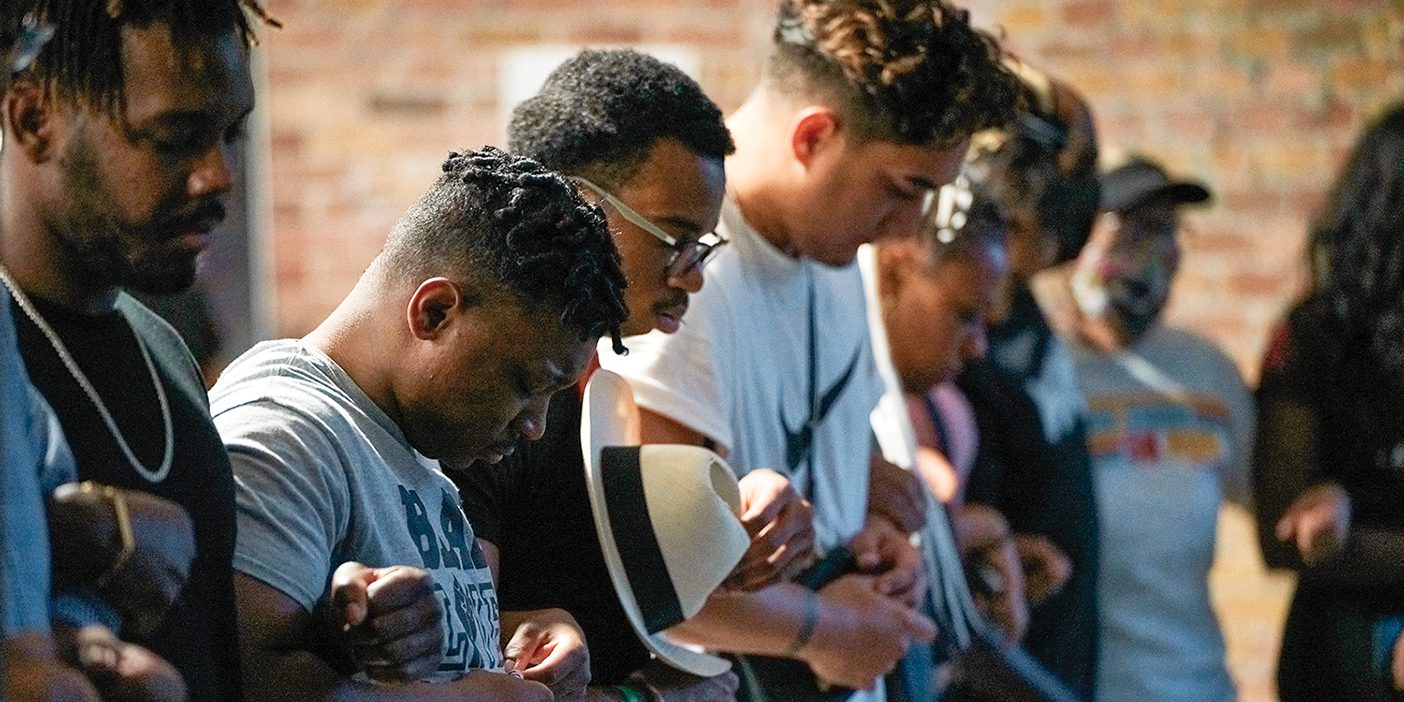Like all who are truly wise, the Anasazi built their houses on rocks. They built beneath high canyon walls, where the sheltering cliffs provide shade in the summer and capture southern light in the winter. They built watchtowers and places of refuge to guard their families, their sacred places, and the canyon valleys where the corn grew. On some walls they painted figures and made handprints, like signatures.
Though these ancestors of today’s Pueblo Indians moved further south six centuries ago, the desert climate of the Four Corners area has preserved many of their dwellings. From their windows the vistas are wide and deep; the isolation of most sites guarantees the solitary visitor a silence like eternity.
Yet there are many voices here. Smoke-stained ceilings and cooking pits remember the grain, the hearth fires, and the songs. A threshold set by ancient hands stirs memories in the marrow of those who cross it. The stones do indeed tell stories to those who are privileged to visit and imagine.
Val Brinkerhoff, BYU associate professor of photography, has spent the last five years visiting Anasazi ruins and imagining them as only a photographer can. Intrigued by the Anasazi’s architectural decisions and motivated by a desire to preserve their dwellings, in 1993 Brinkerhoff began taking documentary photographs of the cliffside towns. He was none too soon: many sites have been irreparably vandalized by careless tourists. In solo expeditions made interesting by encounters with tarantulas, bats, badgers, and a B-16 bomber (not to mention heat, heavy equipment, and a few precarious climbs), he has now photographed scores of the more than 5,000 known ruins in the Four Corners area where Utah, Colorado, Arizona, and New Mexico meet. His project combines the latest in photographic and print technology with the most ancient of subjects.
Like Brinkerhoff, Susan Elizabeth Howe has spent countless hours enjoying the natural and human wonders of the Southwest–and turning them into art. A BYU associate professor of English, Howe is a Utah native and a nationally published poet. The poems selected here include meditations drawn from sandstone and juniper, stars and sunrises. For Howe, the ancient stones speak volumes: she has felt the pulse beneath painted handprints.
Few things more powerfully illustrate the essential sameness of humans than the mark of a hand. In all human cultures, the hand harvests food to sustain life and creates art to sustain the soul. With their hands the Anasazi cooked, warred, loved, and prayed in their stone towns. With your hands you now hold a sampling of some of Brinkerhoff’s most eloquent prints and Howe’s most stunning poetry. We hope the combination helps you feel kinship with the Anasazi and reverence for their places of peace.
|
Stone spirit
a thousand feet tall, She turns her face from me |
their great curves rising out of her back, as though her grandeur proceeded from her self.. I hadn’t considered her pain– her feet are trapped in the bluff; she eats salt to match my bitterness; the sting of sand always burns her eyes. Layers crumble, year by year, from her lips She speaks to me, and this is her voice:The world is harsh, not of your making, beautiful and dry. Do not pretend it can’t kill you. I will wrestle my angel, free climb her skirts, toehold by toehold, angling my ascent across her stomach, around to the great wings. If I reach her ear before I am thrown down, “Break from these stones,” I’ll say. “Give me my name and teach me the physics of sunrise |
|
Why I Am A Witch
|
Lessons of Erosion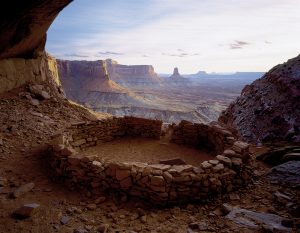 To hike to the spires, you climb Over two hundred million years, Language and breath your sacrifice. This is no temple. Everything growing On red stone you cross, broken And deep, twists against light. Splayed and shredded juniper trunks Show you to adapt, so you match Your stride to the scars That split rock, the path rain Took down the stone face Into the wash. There is no water, Just its memory: a gouge In the escarpment, dry bed below.Ripples over sand become stone, Stone ripples broken like shards. More ruin waits for weather– Cloudburst, blizzard, ice. As you walk in this high, hot air, Sun sears color into cliffs, and Breath comes dry from your mouth. Silken and lush in your body, a drum Full and tight, water throbbing Inside, you are learning The long version of silence. Few things are less personal Than how the land needs you, Saliva, blood, bile. |
|
Things in the Night Sky
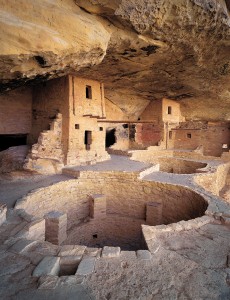 First the deepening of elements we long for Like myth, forgiving experience into patterns We can scatter, random as stars. The call of a bird lifts its own coolness, Music like weep and few. Bats awaken, fly. The vast, hollow dome evening is becoming Reminds us we live on a planet and can endure Absence, where we’re moving, Though not without incidents Of light. Intent, we study darkness To learn metaphors for light. We have always imposed ourselves As for what will help us, perhaps
To lie flat against the earth, look up Till we can see things in the night sky. Gravity is all that keeps us from falling Out there, beyond where it is possible To consider who we are. |
Poetry printed by permission of Susan Elizabeth Howe. Copyright 1997.







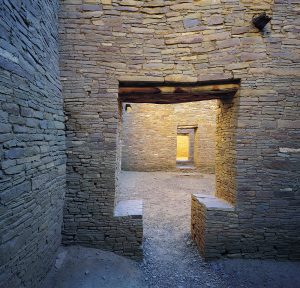
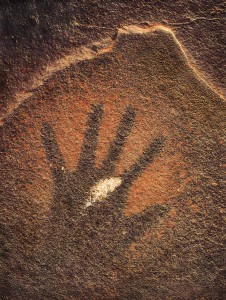

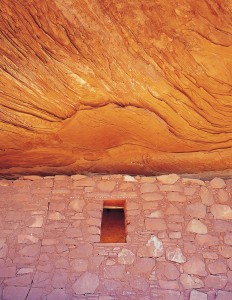
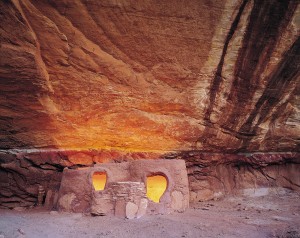
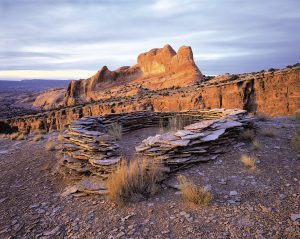
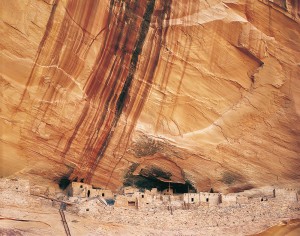 Because each October the maple in the field
Because each October the maple in the field